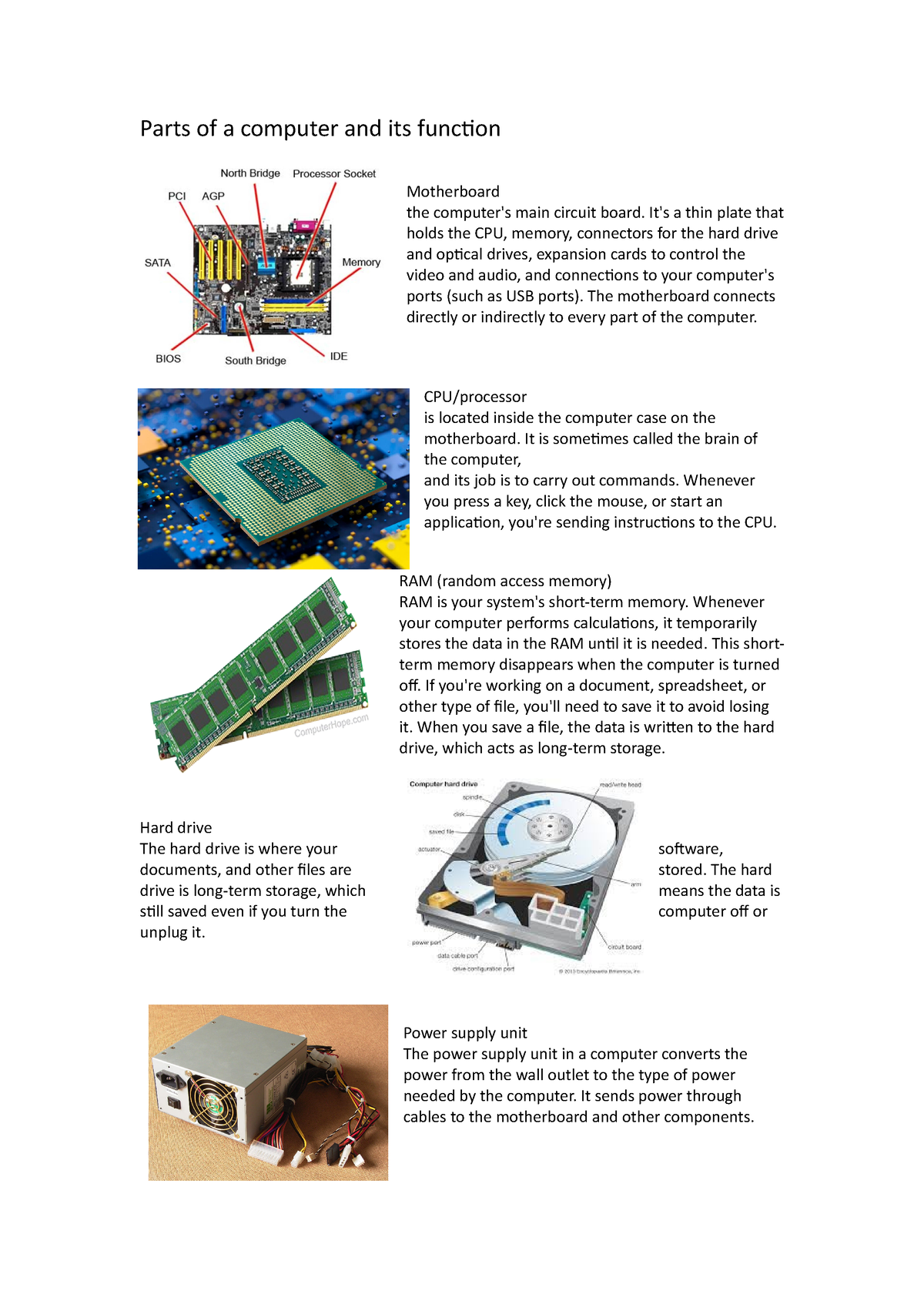An Craft of Resurrecting Functionality from Unused Technology Components

In today's quickly changing technological sphere, the demand for hardware is growing, causing a surge in excess and used items overwhelming the space. For cost-aware enthusiasts and seasoned builders alike, shopping for surplus PC components presents an invigorating possibility to build or improve configurations without breaking the bank. Armed with a little knowledge and keen perception, one can reinvigorate utility from these discarded components, turning them into robust machines that can performing everything from ordinary tasks to premium play.
But, immersing into the realm of excess computer parts can be challenging. A lot of customers commonly question about the quality, dependability, and true significance of these parts. Understanding what to beware of when sourcing can make a significant change, ensuring that you purchase in top-notch components rather than accepting components that may fail when you least expect it. This article intends to illuminate the process to finding your way through the surplus landscape, aiding you identify the best deals, steer clear of common mistakes, and ultimately build a strong configuration that endures the demands of seasons. Regardless of whether you are in search of a used motherboard, a gaming GPU, or merely some additional memory, this piece will provide you with the understanding needed to make informed judgments in this expansive and intriguing domain.
Purchase Tips for Surplus Computer Parts
When exploring into the world of surplus computer parts, it's essential to handle your buying decisions with a solid strategy. Begin by researching computer surplus store of pieces you require and the details that will meet your requirements. Acquaint yourself with current market costs for new and pre-owned items to make sure you are obtaining a fair deal. This knowledge will allow you to execute informed choices and aid you steer clear of spending excessively for parts that may not offer substantial savings compared to brand new alternatives.
As you start your search, create a checklist of the top things to evaluate in surplus computer parts. This ought to include evaluating the condition of each component, searching for any signs of defects, and making sure that you are getting real articles rather than fake options. High-quality surplus parts can often be located through trusted dealers or local tech shops, where you can personally check the items. Always ask for assurance information or returning policies, as this brings a level of safety to your purchase.
At last, pay attention to cohesion when selecting surplus parts. Confirm that the components you are buying will cooperate within your current system. For instance, check that a used motherboard fits your CPU and RAM, and check that graphic cards are compatible with your power supply. By having a thorough understanding of your system's criteria and being mindful of excellence and coherence, you can create an efficient and budget-friendly configuration using surplus computer parts.
Evaluating the Condition of Surplus Components
When evaluating surplus computer components, it is crucial to evaluate the tangible state of every part. Look for signs of damage, such as scuffs, blemishes, or corrosion, which can show how properly the part has been maintained. Examining connectors and ports is necessary; any misaligned pins or unsecured connections can lead to performance issues down the line. A detailed visual examination can help you differentiating between parts that are in good condition and those that may shortly break down.
Another key factor to consider is the age of the components. reference evolves rapidly, and antiquated parts may not support the newest software or hardware standards. Research the launch dates and details of the parts to ensure they satisfy your needs. It's also wise to look for any guarantees or return policies provided by the seller, as these can provide additional assurance regarding the component's reliability.
Finally, examining excess parts is an important step in verifying their integrity. If possible, set up a basic test environment where you can check the performance of components like central processing units, graphics processing units, and power supplies. For items like RAM or storage devices, running performance tests can validate their performance. Using testing tools to check for errors or inconsistencies can give you a clearer picture of what you are purchasing and help you avoiding the common pitfalls linked to buying excess computer components.
Security and Compatibility Considerations
When shopping for excess computer parts, security should always be a top concern. Make sure that any components, notably power supplies and batteries, meet security standards to avoid potential hazards like overheating or short-circuiting. Look for any obvious signs of damage, such as burnt connectors or exposed wiring, which could indicate that the part is not safe for use. Going through reviews and ratings from previous buyers can also provide valuable insights into the trustworthiness and security of components you are considering.

Compatibility is a different crucial factor to keep in mind. Each computer has specific requirements based on its architecture and existing components. Before making a purchase, verify that the new parts will work seamlessly with your system. This includes verifying the specifications of motherboards, CPUs, RAM, and graphics cards, making sure they support the same generation and standards. Using online compatibility checkers or forums can help clear up any uncertainties you may have.
Lastly, consider the longevity of the surplus parts you are purchasing. Older components may become obsolete or unsupported, leading to challenges in maintenance and upgrades down the line. Choose parts from reputable sources that offer warranties or return policies, providing peace of mind in case the items do not meet your expectations. Striking a balance between quality, compatibility, and safety will enhance your experience with surplus computer parts, ensuring a successful project without unnecessary complications.
